When it comes to purchasing the right microphone for your needs, the amount of available options can be overwhelming. For this reason, the Berklee Online Support Team has put together a list of some of our favorite and recommended microphones.
Dynamic Microphones:
Dynamic microphones are known for their durability, versatility, and ability to handle high sound pressure levels. They can deliver good results on most sound sources, including vocals, electric instruments, and drums. Sonically, dynamic microphones tend to have a more neutral or flat sound, but can also provide a more modern sound, depending on the microphone. Here are some dynamic microphones recommended by our Support team:
- Shure SM57: The SM57 is an industry-standard microphone, and perhaps the most popular microphone of all time. It is often used for recording instruments such as guitar amps, drums, and brass instruments. It is considered to sound generally “good” on any possible recording source, and is very budget-friendly, costing around $100. In addition, it can withstand rough handling, so much so that it is often joked that the SM57 can not only be used as a microphone, but also a hammer.
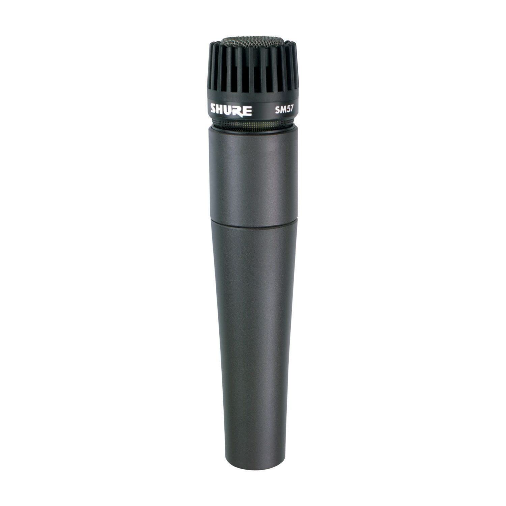
- Shure SM58: The Shure SM58 is, in essence, the exact same microphone as the SM57, but with the addition of a bar grille in front of the diaphragm. It is a popular choice for use in live performance, specifically for vocals, due to its durability and added grille.

- Shure SM7B: The Shure SM7B is highly regarded for its exceptional vocal reproduction. Sonically, it leans more towards the modern and high fidelity sound of a condenser microphone, but also retains some of the neutrality of other dynamic microphones. Cost-wise, it is considered to be a mid-level microphone. Due to its high-quality sound, and relatively low cost, it is an extremely popular microphone for vocal applications of all kinds, including radio, podcast, and music recording.
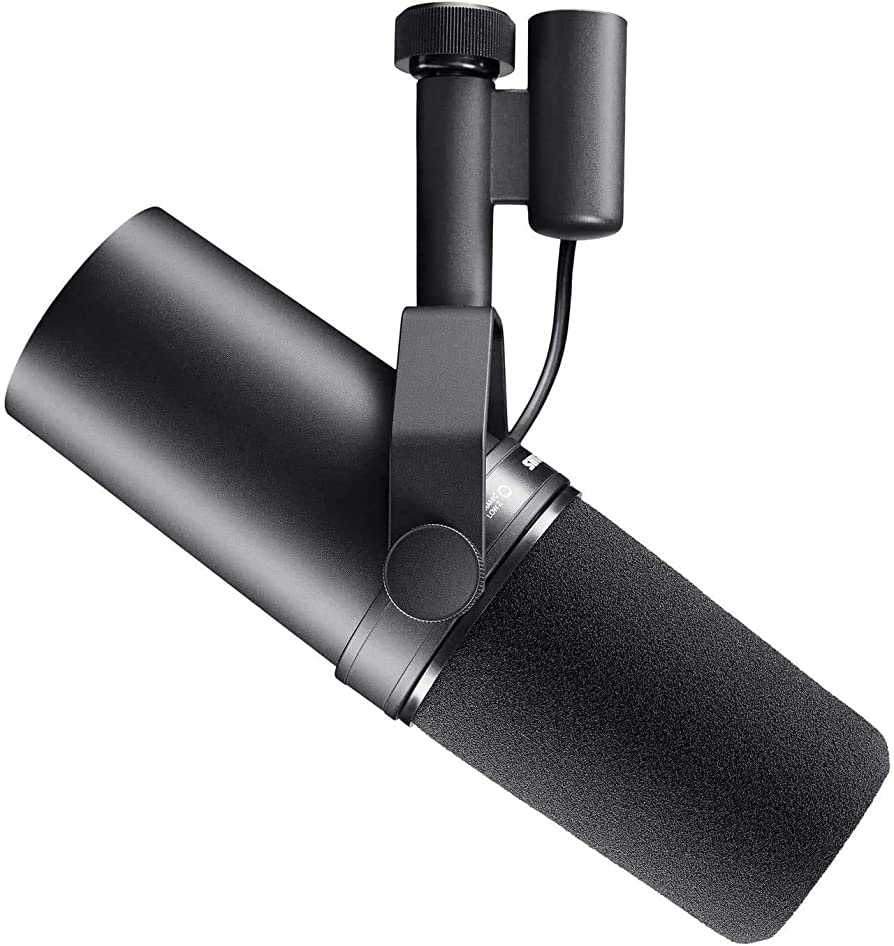
Condenser Microphones:
Condenser microphones are another popular type of microphone used for recording. Condensers tend to sound more “hi-fi” and “modern” than dynamic microphones, due to their extended frequency response and detail. Unlike dynamic microphones, most condenser microphones cannot handle or begin to distort at high sound pressure levels. For this reason, condensers are a popular choice for recording vocals, stringed instruments, and distanced drum microphones (overhead and room microphones). Condensers also require power to operate; this is usually provided to the microphone via phantom power, which is usually a switch or button labelled as “+48v” on an audio interface or preamp.
It is worth noting that there are different types of condenser microphones; mainly, condensers can either have a large or small diaphragm. Small-diaphragm condensers capture more detailed transient information, so they are often used for drum overhead microphones. Large-diaphragm condensers capture less detailed transient information, and thereby are used on sources that are not percussive, such as the human voice or stringed instruments.
Here are a few condenser microphones recommended by the Support team:
Large Diaphragm:
- Audio-Technica AT2020: The AT2020 is a decent-sounding, budget-friendly microphone that retains the general characteristics of condensers. This is a great microphone to use to enter into the condenser world for the first time. As a budget microphone, it may produce small resonances or harmonic distortion, but in general, it sounds good.
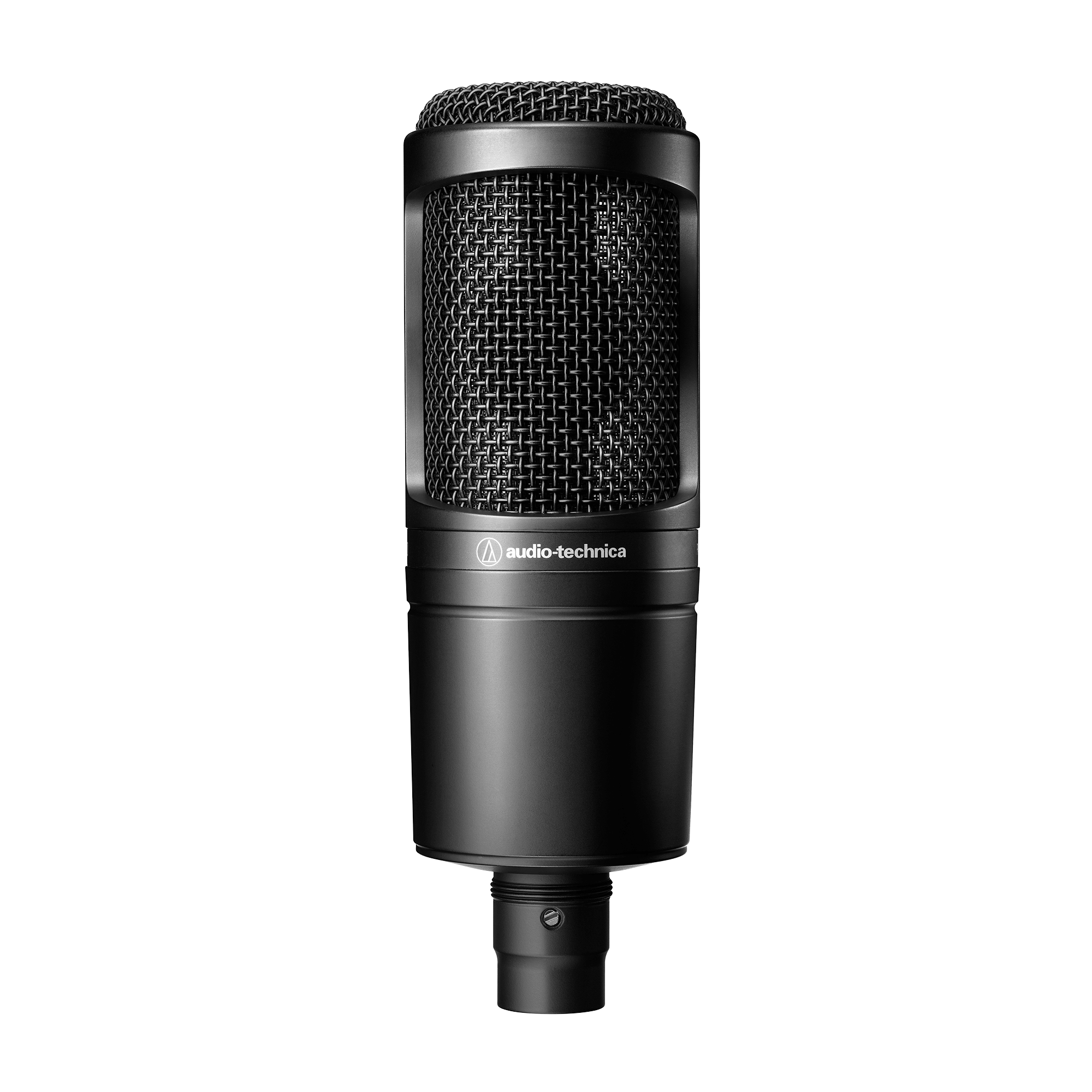
- Rode NT1000: The Rode NT1000 is a budget/mid-priced condenser microphone that has lower self-noise and a clearer sound than cheaper condensers. In general, it will have less distortion, less resonances, and a clearer sound than the AT2020.
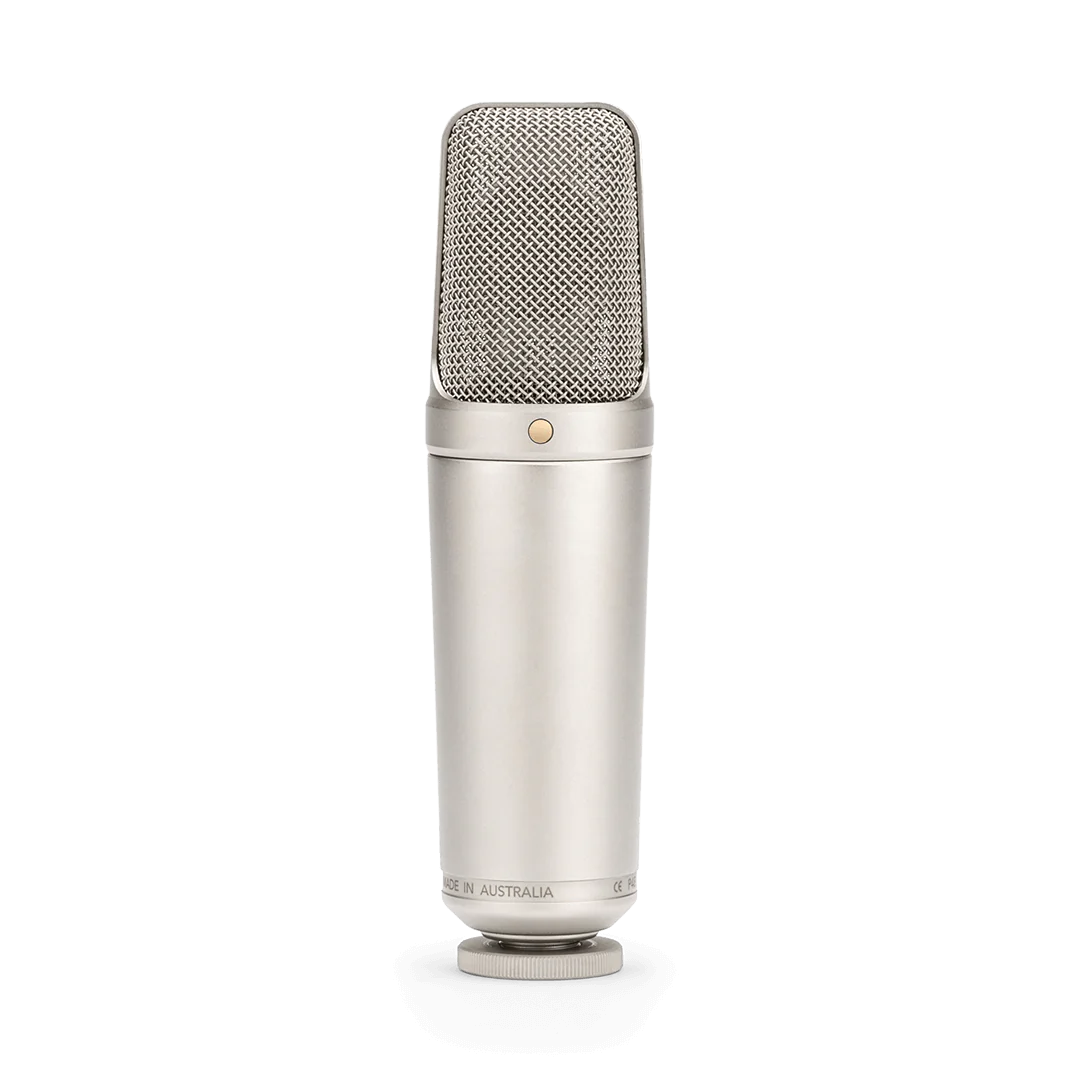
- AKG C414: The AKG C414 is a mid- to high-priced microphone that is considered a studio classic by many. It has a great sonic character, low self-noise, and multiple selectable pickup patterns. Like the AT2020 and NT1000, the C414 is often used for acoustic instruments and voice, as well as drum overheads, spot-miking cymbals, and various other applications.

Small Diaphragm:
- Rode NT5: The NT5 is a budget-friendly small diaphragm condenser. It sounds similar to the SM81 (introduced below), but has a brighter frequency response.
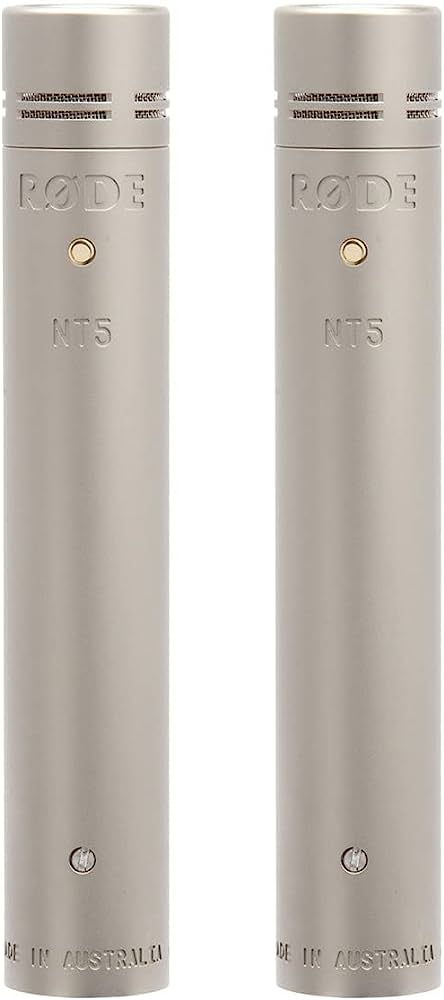
- Shure SM81: The SM81 is a slightly more expensive small diaphragm condenser. Sonically, it has a flatter frequency response, unlike a lot of small diaphragm condensers.
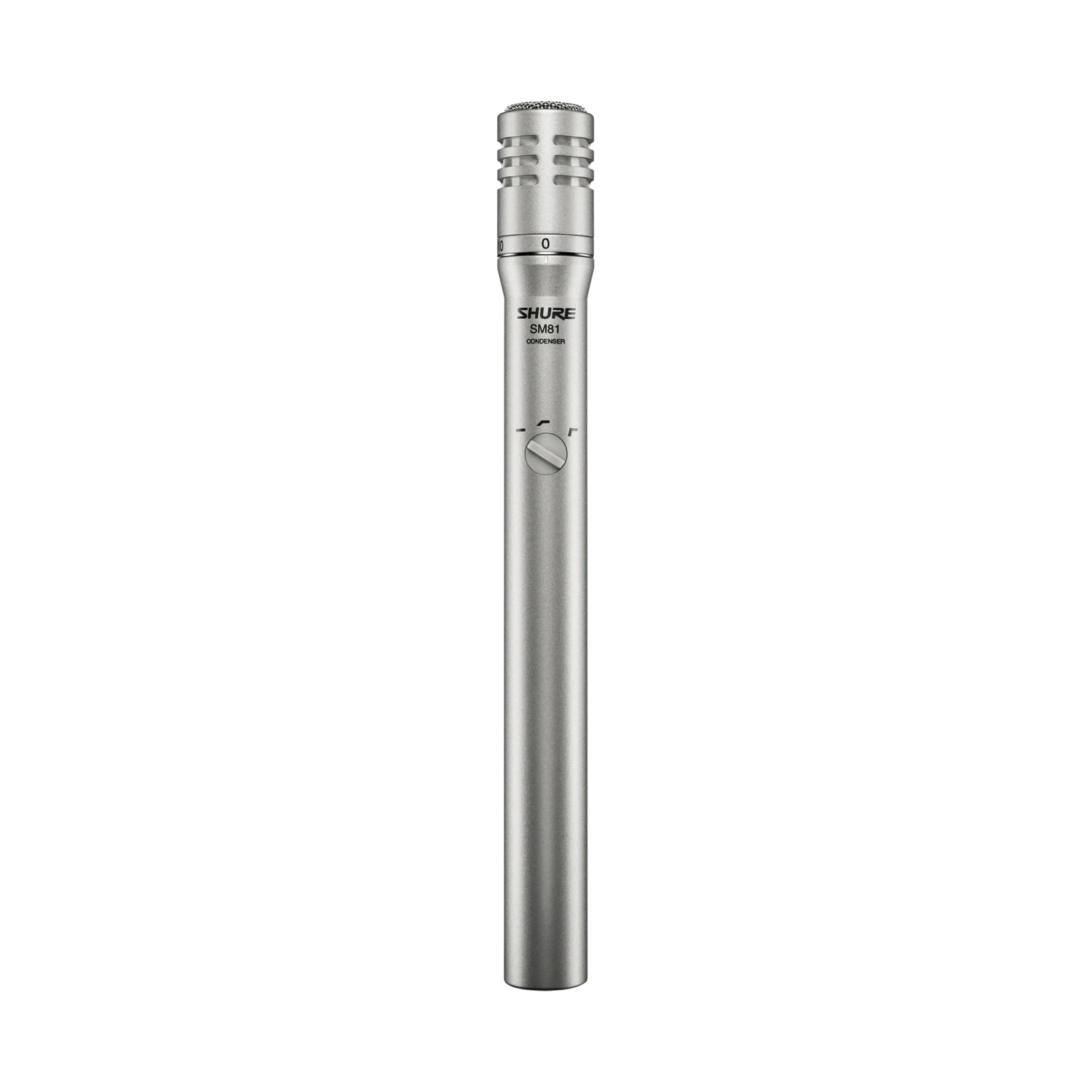
Tube Condensers:
Tube condensers are another type of condenser microphone that are extremely popular for recording vocals. Tube condensers use an external power supply and vacuum tube to provide power to the microphone, as opposed to phantom power. Tube condensers, due to their use of vacuum tubes, tend to provide far more sonic coloration and character than normal condensers, which can be considered more “neutral” or accurate. This sonic coloration is highly sought after, and, with the additional design and parts required for their use, the price of tube condensers can be extremely high, with some high-end tube mics retailing at over $10,000. Below are some far less expensive tube condensers the Support team can recommend:
- Rode NTK: The NTK is one of very few inexpensive tube condensers made by a reputable microphone manufacturer, and is a great first microphone for those looking to step into tube territory for the first time. While it sonically captures the vibe and feel of a tube microphone, it is not without its issues. It is considered by some to be “harsh” or overly bright, and can have odd resonances. Overall, it is a good quality microphone at a relatively low price point for tube microphones.

Modeling Microphones:
In recent years, several companies have created a new type of microphone called a modeling microphone. These microphones capture a very flat and transparent signal, then use software to digitally emulate the sonic characteristics of several different microphones. This allows users to record their source, then select the microphone's tonality after recording. For example, a singer could record themselves with the modeling microphone, then decide which microphone emulation sounds best for their voice after the fact. This technology is relatively new, but has received very positive reception in the Pro Audio community. Slate Digital, Townsend Labs, and Antelope Audio all have their own modeling microphone systems.
Clone Microphones:
Over the past 20 years, a large amount of existing and new audio manufacturers have begun creating clone gear, including microphones. The goal of this clone gear is to offer reproductions of highly sought-after and out-of-production gear to consumers, usually at a far lower price than their original counterparts. These manufacturers create these clones at a lower price by using lower cost or bulk-ordered components. Lower cost clones tend to sound similar to the originals, but due to their cost savings measures, may sound a little lower in quality. However, there are also high-end clone manufacturers that produce clones that sound extremely similar to their original counterparts. For example, several companies make clones of the coveted Neumann U47; however, the price and quality of these clones varies greatly, from Warm Audio's ~$950 clone to Flea Audio's ~$4,000 clone.
Warm Audio, Universal/Bock Audio, and Peluso Audio are some of the more popular clone manufacturers, but there are an endless amount of companies manufacturing clone microphones.
Use Specific:
- Electric Guitar:
- Shure SM57: Detailed in the Dynamic Microphones section above, the SM57 is probably the most popular microphone to close-mic electric guitar amps due to a variety of factors. First, the SM57's frequency response is well suited to capture the mid-range character of an electric guitar and amp, thanks to its high- and low-end roll off, generally flat mid-range, and a slight boost in the upper mid-range. In addition, as a dynamic microphone, it can handle the extremely high sound pressure levels created by a loud guitar amplifier without distorting. Although popular, some find the SM57 to be excessively “honky” sounding, and it will sometimes be used in combination with a fuller-sounding microphone.
- Sennheiser e609: The Sennheiser e609 is a budget-friendly dynamic microphone intended to be used as a close microphone on a guitar amplifier. Unlike most dynamic microphones, it is a square, side address microphone (the diaphragm is on the side of the microphone instead of the front). Due to this, it can easily and quickly be placed in front of a guitar amplifier, and is a popular choice in live settings for its ease of use. Sonically, the microphone has a more scooped sound than the SM57 and 421.
- Sennheiser 421: The Sennheiser 421 is another versatile dynamic microphone that is a great choice for close-miking guitar amps. The 421 has a similar frequency response to the SM57, but a slightly different character. This is due to its more pronounced low end, upper mid-range, and high-end response, which give it a fuller, more aggressive sound compared to the more neutral sounding SM57. Many find this to be a better alternative to the SM57, as it has the same general vibe, but less of the SM57's “honk.” Like the SM57, it can handle the extremely high sound pressure levels put out by a guitar amplifier.
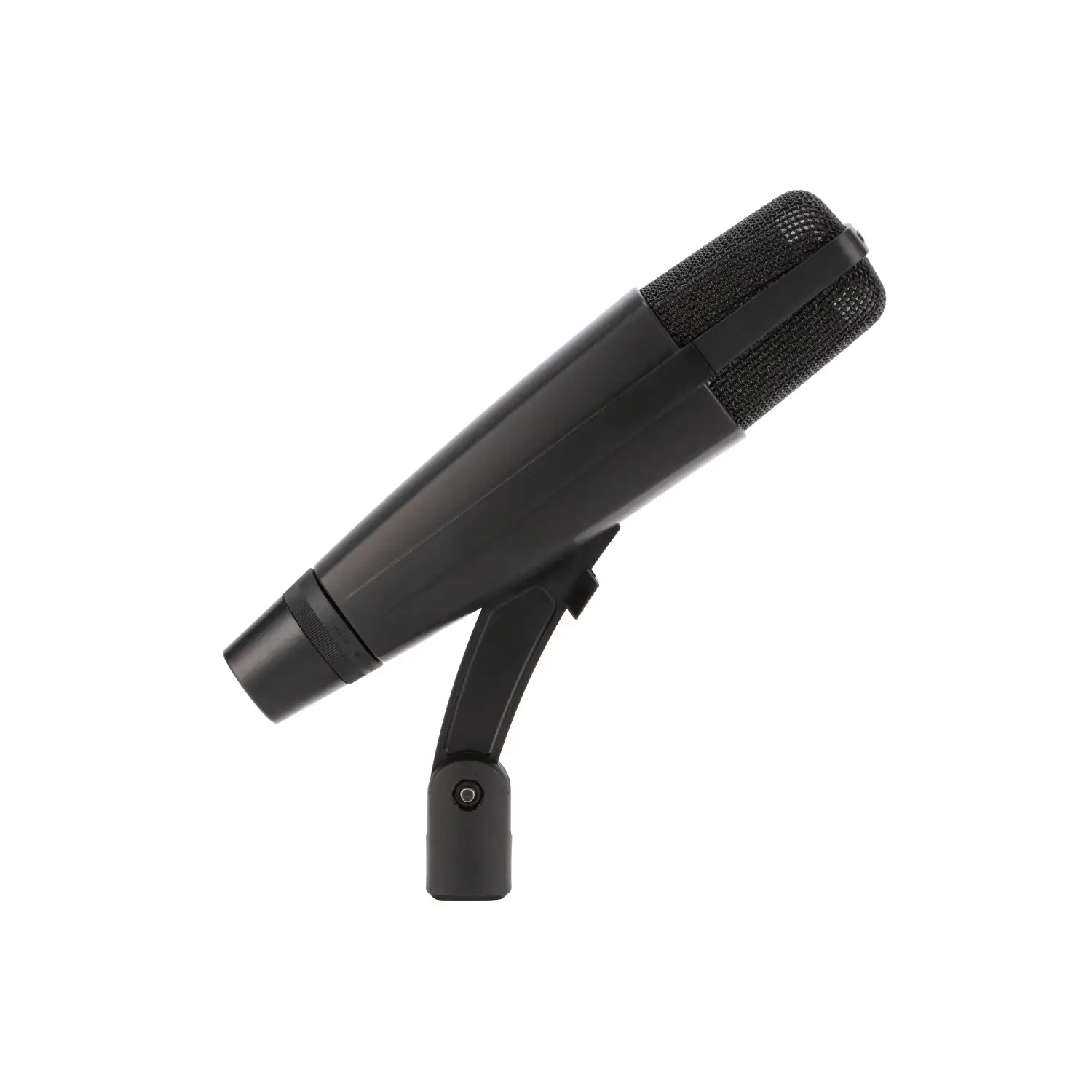
- Drums:
- AKG D112: The AKG D112 is a dynamic egg-shaped microphone specifically designed for recording kick drum. Its frequency and transient responses are specifically tailored to emphasize the low end and “click” of a kick drum. It is often considered the most neutral sounding of the various kick drum mics available, as it still captures a decent amount of mid-range, and is not a completely “scooped” microphone.

- Shure Beta 52: The Shure Beta 52 is another dynamic kick drum microphone. The Beta 52 is far less neutral than the D112, owing to a large upper mid-range peak and low mid-range scoop in its frequency response. This gives the microphone far more click-y and modern sound than the D112, veering into sounds found in modern rock and perhaps even metal.
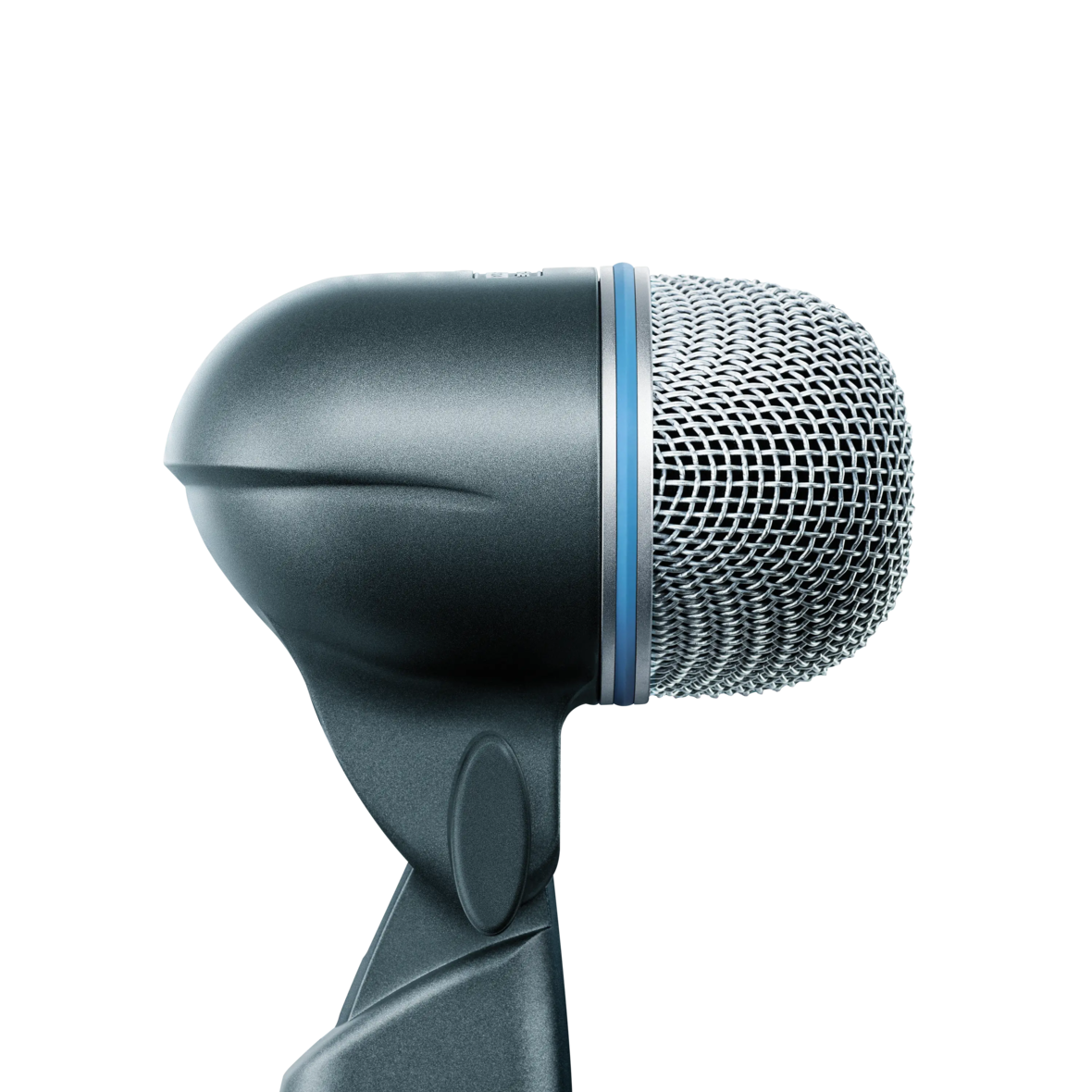
- Shure SM57: The Shure SM57 is one of the most popular microphones used to record snare drum, mainly due to its frequency response and ability to handle high sound pressure levels. The SM57's low-end roll off helps to avoid picking up any unnecessary bass frequencies below the snare drum's fundamental frequency, which is typically between 100 Hz and 250 Hz. In addition, its upper mid-range bump helps to emphasize the “crack” of the drum, and its flatter mid-range response helps to maintain a neutral sonic representation of the drum. Finally, the SM57's slight high-end roll off can help to reduce some cymbal bleed into the microphone.
- Rode NT5 (Pair): The Rode NT5 is a budget-friendly small diaphragm condenser microphone. Its price point and good sound quality make a matched pair a great option to use as drum overhead microphones.

